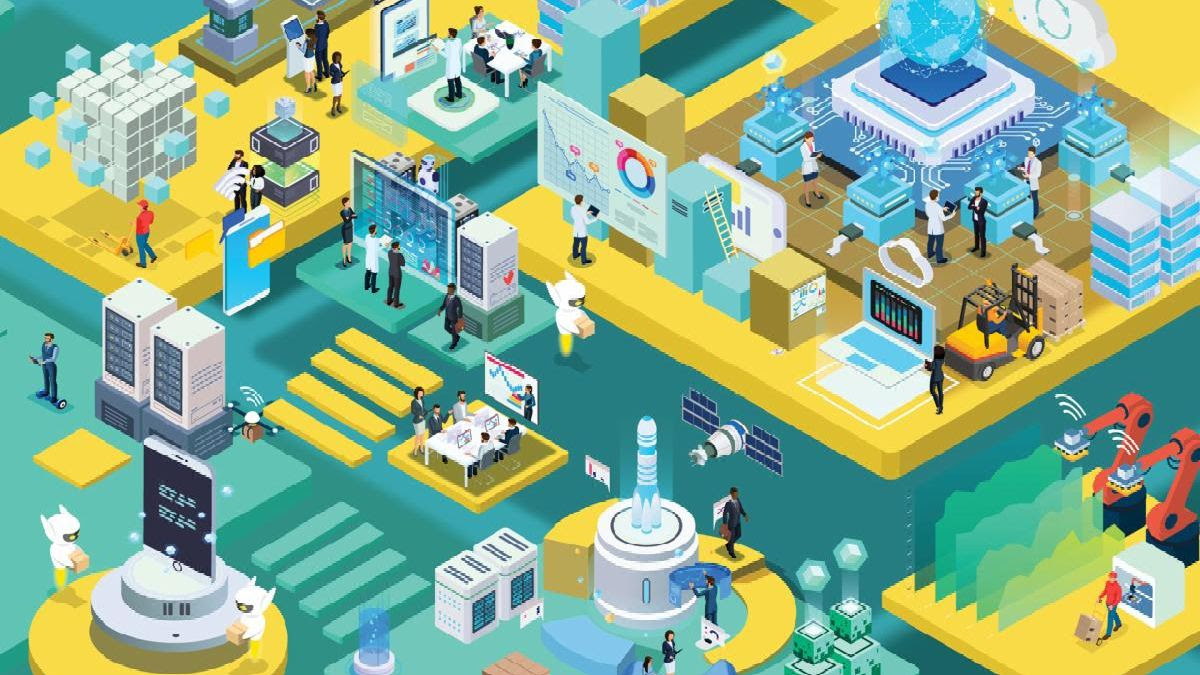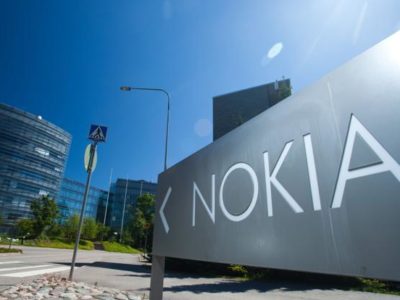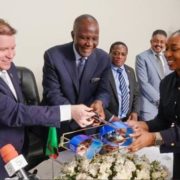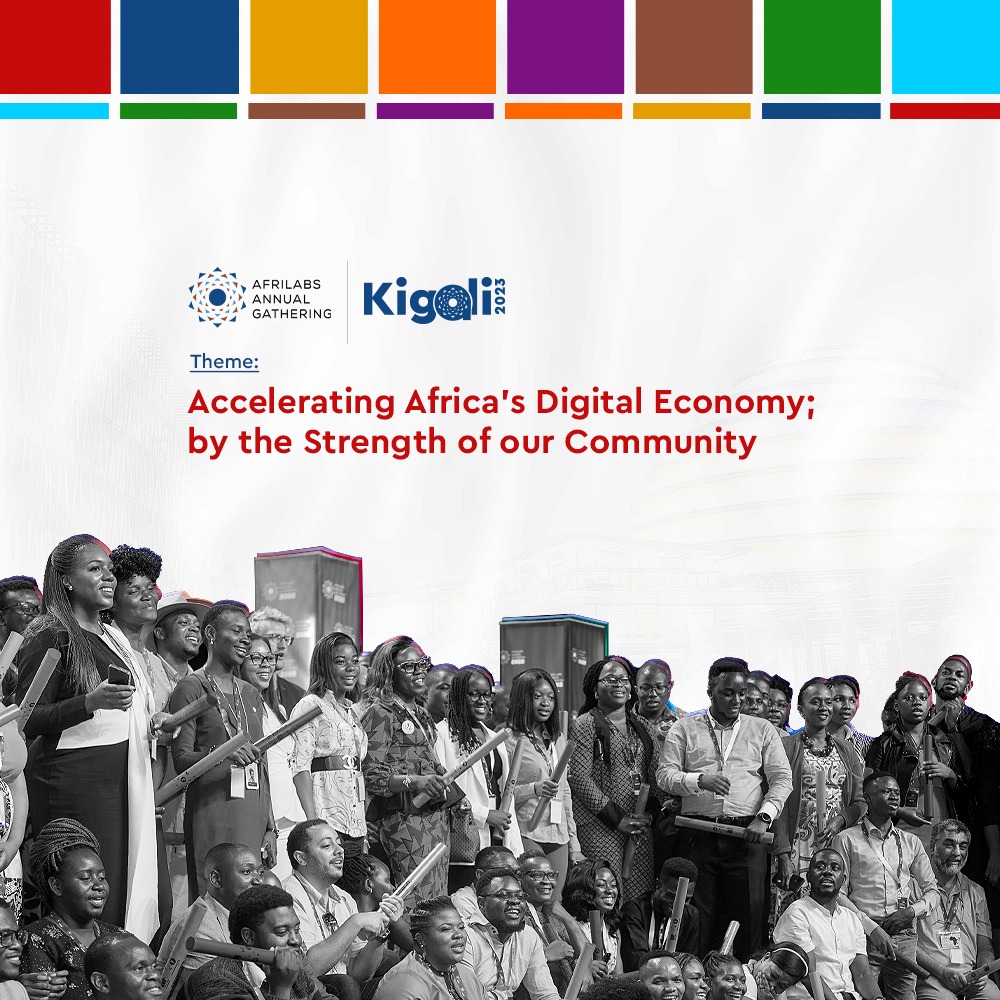New data from ITU suggest ‘COVID connectivity boost’ – but world’s poorest being left far behind. An estimated 37 per cent of the world’s population – or 2.9 billion people – have still never used the Internet.
New data from the International Telecommunication Union (ITU), the United Nations specialized agency for information and communication technologies (ICTs), also reveal strong global growth in Internet use, with the estimated number of people who have used the Internet surging to 4.9 billion in 2021, from an estimated 4.1 billion in 2019.
This comes as good news for global development. However, ITU data confirm that the ability to connect remains profoundly unequal.
Of the 2.9 billion still offline, an estimated 96 per cent live in developing countries. And even among the 4.9 billion counted as ‘Internet users’, many hundreds of millions may only get the chance to go online infrequently, via shared devices, or using connectivity speeds that markedly limit the usefulness of their connection.
“While almost two-thirds of the world’s population is now online, there is a lot more to do to get everyone connected to the Internet,” said ITU Secretary General Houlin Zhao. “ITU will work with all parties to make sure that the building blocks are in place to connect the remaining 2.9 billion. We are determined to ensure no one will be left behind.”
RELATED ITU Digital World 2021 To Focus On Digital Transformation In A Changing World
The unusually sharp rise in the number of people online suggests that measures taken during the pandemic – such as widespread lockdowns and school closures, combined with people’s need for access to news, government services, health updates, e-commerce and online banking – contributed to a ‘COVID connectivity boost’ that has brought an estimated 782 million additional people online since 2019, an increase of 17 per cent.
What it means for sustainable development
The 2021 edition of Facts and Figures, ITU’s annual overview of the state of digital connectivity worldwide, shows the number of Internet users globally growing by more than 10 per cent in the first year of the pandemic – by far the largest annual increase in a decade.
Strong growth since 2019 was largely driven by increases in developing countries, where Internet penetration climbed more than 13 per cent. In the 46 UN-designated Least Developed Countries (LDCs), the average increase exceeded 20 per cent.
“These statistics show great progress towards ITU’s mission to connect the world,” said Doreen Bogdan-Martin, Director of ITU’s Telecommunication Development Bureau, which oversees ITU’s data and analytics work. “But a vast ‘connectivity chasm’ remains in the LDCs, where almost three quarters of people have never connected to the Internet. Women in LDCs are particularly marginalized, with roughly four out of every five still offline.”
Many of these ‘digitally excluded’ face formidable challenges including poverty, illiteracy, limited access to electricity, and lack of digital skills and awareness.
“Digital solutions would be needed to re-energize sustainable development and help put countries back on track to meet the UN Sustainable Development Goals (SDGs) for 2030,” Bogdan-Martin added.
“Unfortunately, the communities identified in the 2030 Agenda as most at risk of being left behind are the very same communities now being digitally left behind.”
Key report findings
The digital gender divide is narrowing globally, but large gaps remain in poorer countries.
– Globally, an average of 62 per cent of men use the Internet compared with 57 per cent of women.
– Although the digital gender divide has been narrowing in all world regions and has been virtually eliminated in the developed world (89 per cent of men and 88 per cent of women online) wide gaps remain in Least Developed Countries (31 per cent of men compared to just 19 per cent of women) and in Landlocked Developing Countries (38 per cent of men compared to 27 per cent of women).
– The gender divide remains particularly pronounced in Africa (35 per cent of men compared to 24 per cent of women) and the Arab States (68 per cent of men compared to 56 per cent of women).
The urban-rural gap, though less severe in developed countries, remains a major challenge for digital connectivity in the rest of the world.
– Globally, people in urban areas are twice as likely to use the Internet than those in rural areas (76 per cent urban compared to 39 per cent rural).
– In developed economies, the urban-rural gap appears negligible in terms of Internet usage (with 89 per cent of people in urban areas having used the Internet in the last three months, compared to 85 per cent in rural areas), whereas in developing countries, people in urban areas are twice as likely to use the Internet as those in rural areas (72 per cent urban compared to 34 per cent rural).
– In the LDCs, urban dwellers are almost four times as likely to use the Internet as people living in rural areas (47 per cent urban compared to 13 per cent rural).
A generational gap is evident across all world regions.
– On average, 71 per cent of the world’s population aged 15-24 is using the Internet, compared with 57 per cent of all other age groups.
– This generational gap is reflected across all regions. It is most pronounced in the LDCs, where 34 per cent of young people are connected, compared with only 22 per cent of the rest of the population.
– Greater uptake among young people bodes well for connectivity and development. In the LDCs, for example, half of the population is less than 20 years old, suggesting that local labour markets will become progressively more connected and technology-savvy as the younger generation enters the workforce.
ITU continues monitoring the world’s evolving digital divide.
– ITU figures also point to a glaring gap between digital network availability versus actual connection. While 95 per cent of people in the world could theoretically access a 3G or 4G mobile broadband network, billions of them do not connect.
– Affordability of devices and services remains a major barrier. The widely accepted target for affordable broadband connectivity in developing countries sets the cost of an entry-level mobile broadband package at 2 per cent of gross national income (GNI) per capita. Yet in some of the world’s poorest nations, getting online can cost a staggering 20 per cent or more of per capita GNI.
– Lack of digital skills and an appreciation of the benefits of an online connection is another bottleneck, compounded by a lack of content in local languages, as well as by interfaces that demand literacy and numeracy skills that many people do not possess.




































